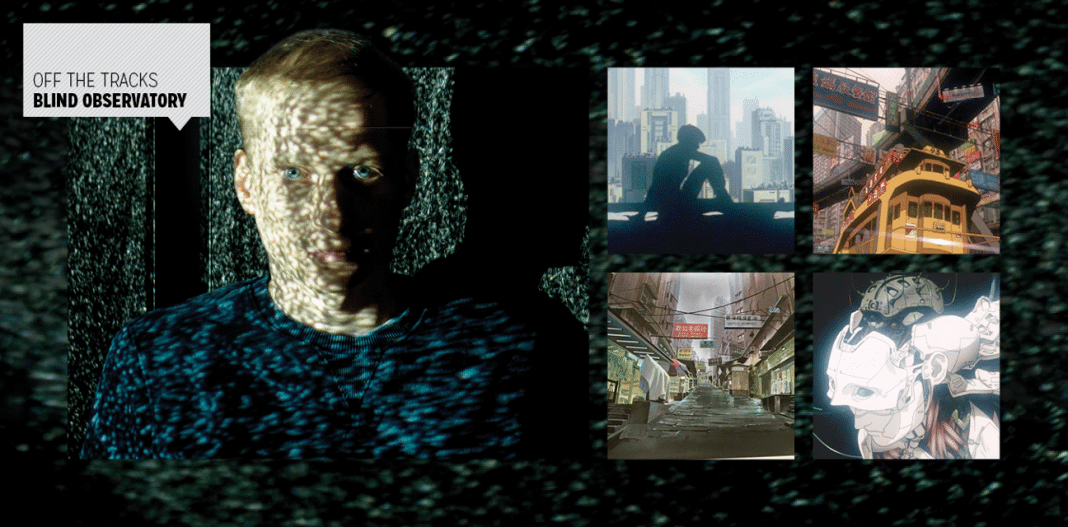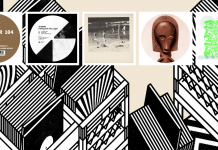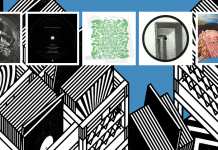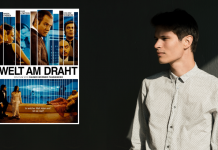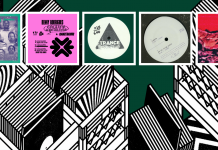While all this might be nested in a very foggy political plot that can be distracting at times, at its core „Ghost In The Shell“ is dealing with the big question of where does the person end and where the machine start. And what is the human self anyway? Is it only the mind—the ghost? Or also the body—the shell?
„Ghost In The Shell“ does this in a really subtle way. Not by asking these questions out loud, but by silently contemplating and thinking about them. And it makes you contemplate and think together with its characters when it takes you and Motoko on a minute-long transition through the city. Turning day into night, rain setting in, wet streets reflecting neon lights, all these people rushing through a vast, endless concrete and glass landscape. Right there in the center of the movie. No words needed.
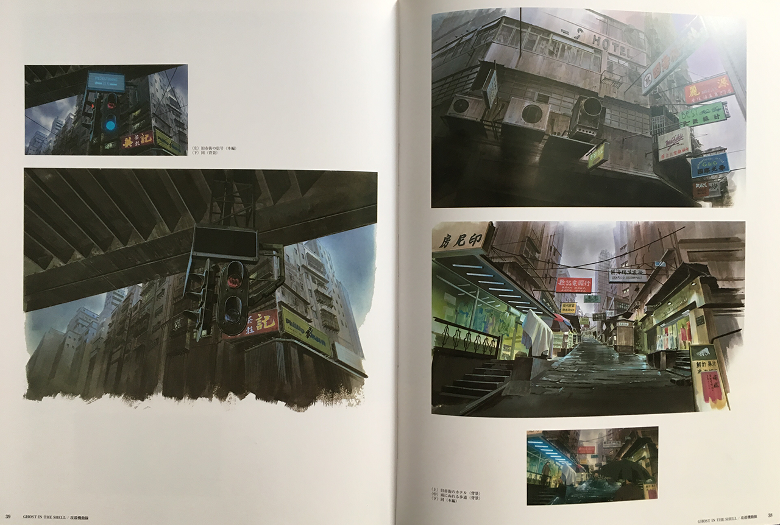
Director Mamoru Oshii is famous for these transitions through the worlds his movies take place in. Long atmospheric shots to close off one segment and setting the scene and tone for the things to come while giving you the chance to let the story sink in and getting immersed. These are the iconic moments his movies will later be associated with. They stand out like monuments in the otherwise slow-paced storytelling. I was so fascinated by these scenes that I had to visit the exhibition Proto Anime Cut and buy a book featuring background paintings of animes, just so I could stare at and study all their details.
